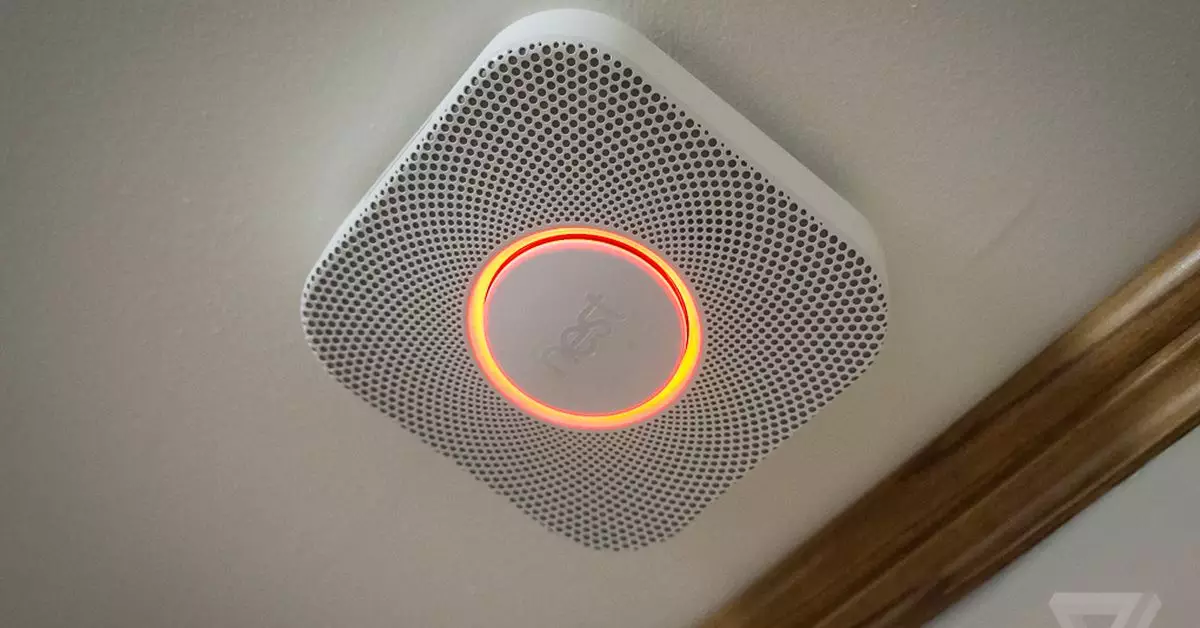In recent years, the integration of smart home devices has become an essential component of modern living. As technology rapidly evolves, so does the way we interact with our devices. Google’s recent announcement regarding the transition of the Nest Protect smoke and carbon monoxide (CO) alarm to the Google Home app marks a significant milestone in the migration of Nest products to a more unified platform. This move emphasizes Google’s commitment to streamline user experience and enhance overall device functionality.
The decision to phase out the Nest app in favor of the Google Home app reflects a broader strategy by Google to simplify the smart home experience for users. For years, Nest devices required the use of their dedicated app, creating a fragmented ecosystem where users had to juggle multiple applications. With this transition, the Nest Protect officially becomes the last device tethered solely to the Nest app, enabling Google to finally sunset this application. The Nest app is expected to remain in maintenance mode, providing minimal support, but will eventually become obsolete as users make the full switch to Google Home.
This move is not just about discontinuation; it represents an opportunity for users to manage their smart devices from a single, comprehensive platform, reducing the complexity that often accompanies multiple smart home ecosystems. The consolidation speaks to a wider trend in the industry, where manufacturers strive for interoperability and simplicity in how users engage with smart technology.
As technology aesthetics evolve, user expectations rise. The integration of the Nest Protect into the Google Home app introduces an array of useful features designed to enhance user interaction with their home safety devices. Notifications for smoke and CO emergencies will now be pushed directly through the Google Home app, ensuring that users receive timely alerts regardless of their physical location. The ability to hush alarms directly through the app also highlights a shift towards enhancing convenience in emergency management.
Additionally, users will benefit from critical status alerts detailing battery health and device integrity, which can be crucial in ensuring the alarm’s functionality when it matters most. This inclusion of comprehensive monitoring promotes an overall sense of security, allowing users to easily conduct system-wide checks and review their device’s testing history through the app.
In conjunction with the updates to Nest Protect, Google is also expanding its capabilities related to smart locks. By leveraging the Matter protocol, which aims to bring greater compatibility among smart devices, the Google Home app will soon support features like passcode management and automated locking. Such enhancements illustrate Google’s commitment to a cohesive and interconnected smart home environment.
The planned rollout of passcode management will allow users to share and alter access codes effortlessly, enhancing convenience for families and guests. Furthermore, features like one-tap entry and automatic locking demonstrate Google’s focus on usability, making home access both simpler and safer. The implementation of a “Vacation Mode” is particularly noteworthy; it restricts access to the lock keypad from outside, emphasizing security without sacrificing ease of use.
The transition of Nest devices to the Google Home app signifies a forward-looking approach to smart home technology. As Google continues to innovate and expand its offerings, users can anticipate an increasingly integrated home automation experience that prioritizes both security and convenience. The combination of Nest Protect enhancements and smart lock advancements suggests a promising future for those looking to equip their homes with intelligent technology.
While the phasing out of the Nest app marks the end of an era, it also opens the door to numerous possibilities for improved smart home management. By focusing on integration, user-friendliness, and enhanced security, Google is not only reshaping the way users interact with their devices but also setting the stage for a smarter, safer future in home automation. As we witness these developments unfold, it becomes clear that the next generation of smart homes is not just about connection, but about intelligent, responsive living.

